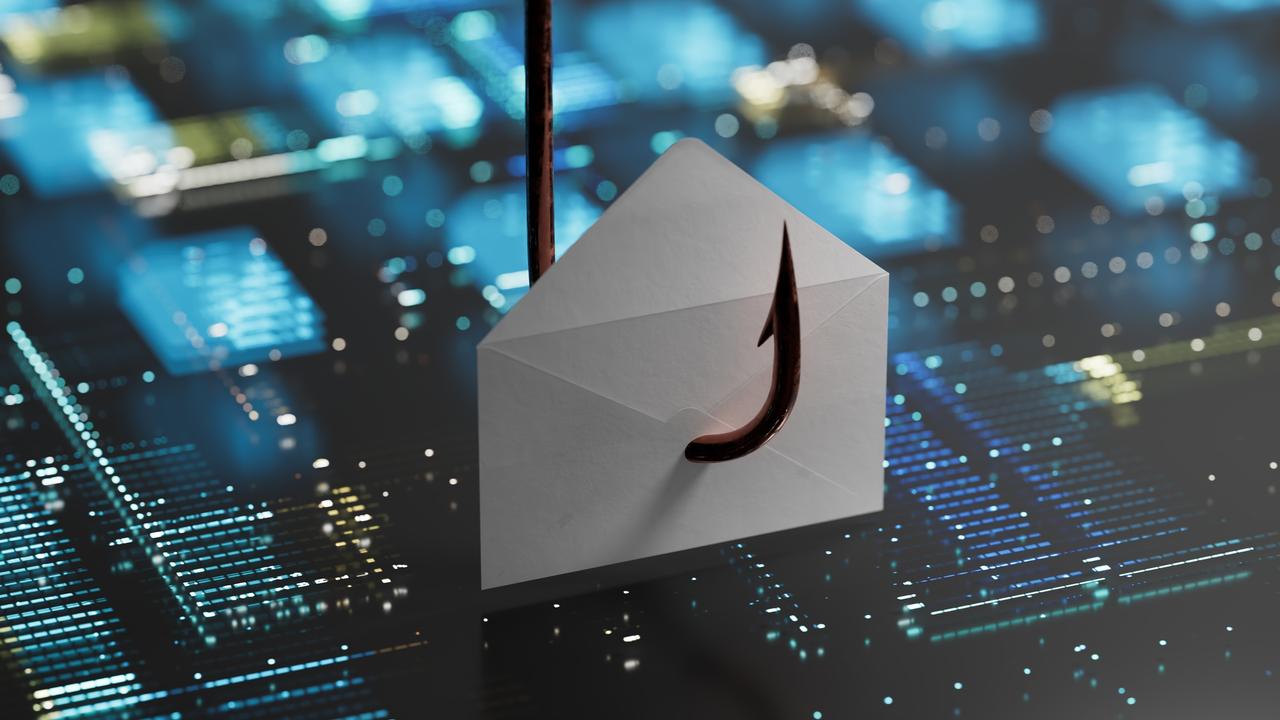HP launches its Elite Dragonfly laptop targetting Millennials and Gen Z
Changes to workplace computer practices has seen HP overhaul features for its latest premium laptop.
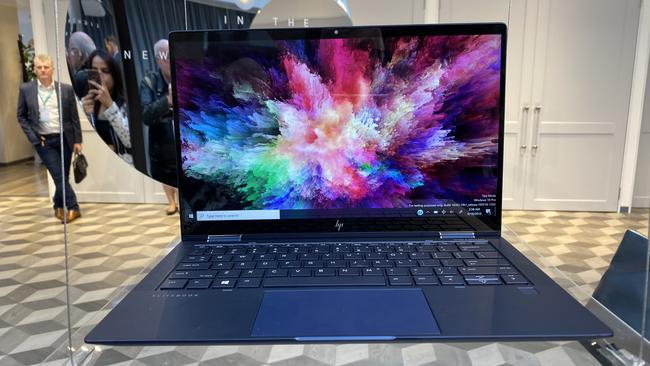
Changes to workplace computer practices has seen HP overhaul features for its latest premium laptop announced Wednesday.
In an event at Tokyo, HP announced a lightweight mobile notebook, The Elite Dragonfly, which it says is based on studying the habits of users in Japan, but has application throughout the Asia-Pacific region including Australia where it will be sold.
HP is particularly out to attract millennial and Generation Z users with the Dragonfly.
The device’s signature features include up to 24.5 hours of battery life, lightweight at just under 1kg, optional LTE coverage with a 4X4 antenna, a bright screen for computing in outdoor and lighter environments, and the blocking of readability at angles so people can’t eavesdrop when sitting next to you.
The webcam has an integrated privacy shutter and the laptop keyboard is spill proof. It is not rated for water resistance.
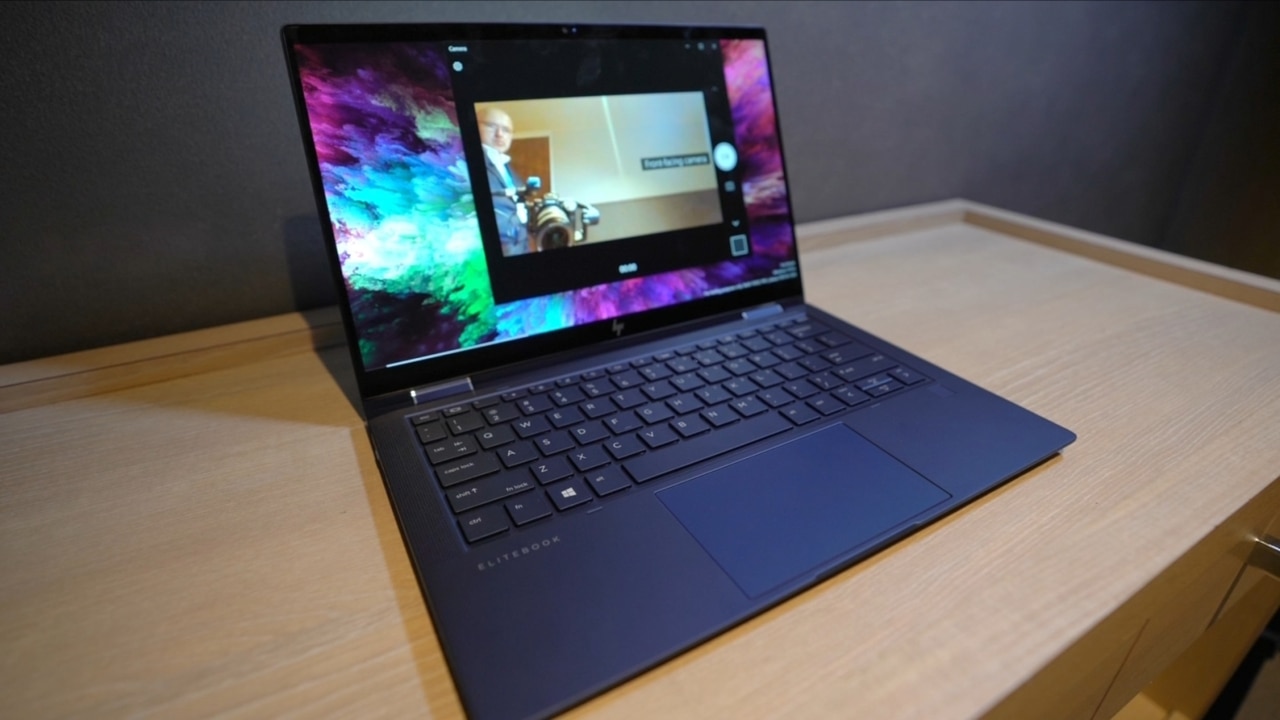
There’s three levels of hardware-based security that protects the BIOS and laptop firmware from attack and the laptop is compatible with the new Wi-Fi 6 wireless standard.
HP says it is including “wellbeing software” that tells you it is time for a break, and uses “ocean bound plastics” under keys to minimise the clatter of typing so you won’t annoy workmates. There’s noise cancelling to cut out the background during audio and video calls.
It says the device is robust: it’s been drop-tested and roll tested, has a coating to avoid fingerprints, smudges, and scratches.
It’s not cheap. HP has announced a starting price of $2699 for the The Elite Dragonfly with orders to start in mid-November. Initial units will be “Dragonfly blue” in colour with silver coming later.
It has a 13-inch display and is a convertible, with the screen bending a full 360 degrees. Typing is comfortable with keys offering 1.3 millimetres of travel during my hands on session, although the top row of function keys are half-height and small.
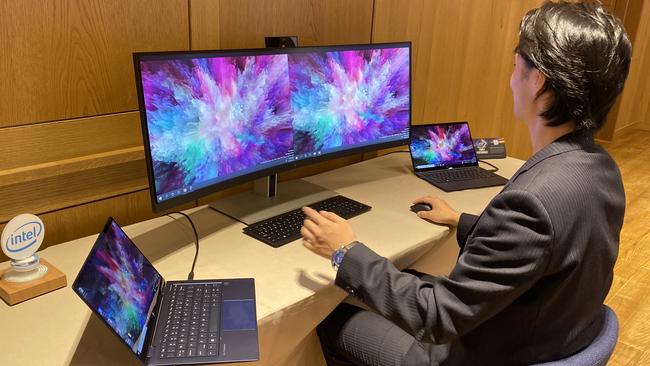
Around the edges there’s USB-A on the left and a security lock, with two Thunderbolt 3 equipped USB Type-C ports, a 3.5mm audio jack and USB-A at right. The laptop is powered by an 18 Watt charger via the USB-C port.
Two models will go to market with 24 hours and 16.5 hours of battery life, although we can’t verify battery performance yet. HP claims 50pc charging in 30 minutes.
HP says the laptop conforms with Intel’s Project Athena with the device ready to go within a second of opening the display.
The Elite Dragonfly doesn’t use the latest tenth generation Intel chips, rather eighth generation Intel vPro core i5 and core i7. vPro chips offer advanced capabilities for business and commercial use. It has on-board graphics rather than a discrete graphics card.
When asked about this, HP global head of product innovation, Gagan Singh says the Dragonfly will be upgraded when vPro becomes available to tenth generation chips.
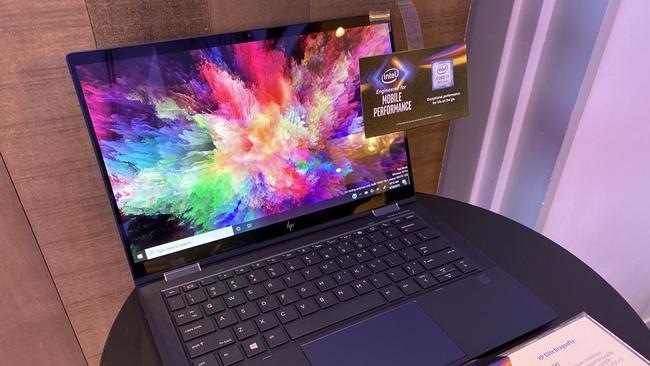
One of the interesting facets is security. HP says its security software uses artificial intelligence to detect zero-day attacks. Machine operation is virtualised so that malware doesn’t affect general operation.
Machines usually become protected against a new zero-day exploit once it has been detected in one location and the threat broadcast to other machines online. HP however says that its artificial intelligence can predict ahead of time that a file is infected, using machine learning.
HP in a demonstration to media at the event pitted its security software against Windows Defender and Norton Symantec and its “Sure Sense” software found 50 threats in a group of infected files. Windows found 22 threats and Symantec missed about 13 files.
HP says users can dump using third party security software once they feel confident about using Sure Sense.
Chris Griffith travelled to HP’s launch event in Tokyo courtesy of HP.

